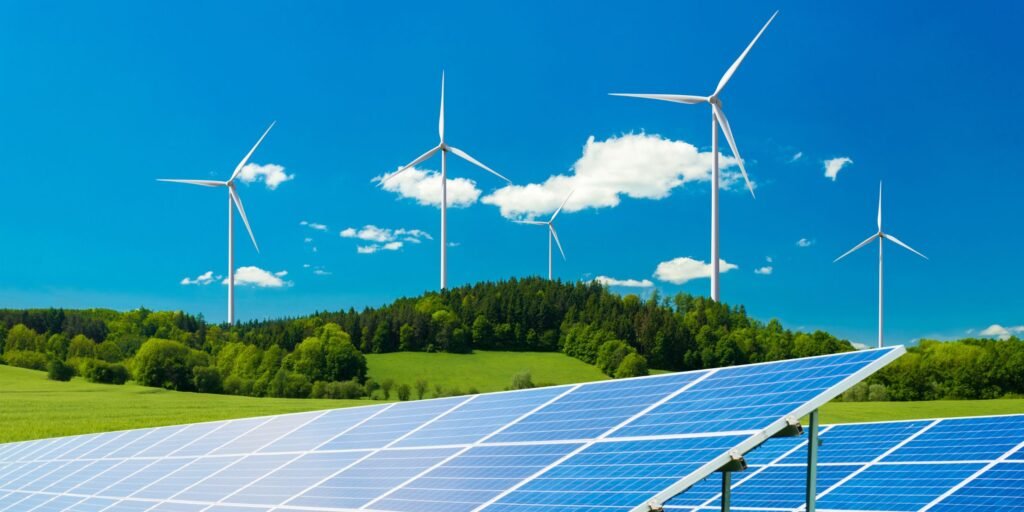As the demand for clean, renewable energy sources accelerates worldwide, floating solar power plants—also known as floating photovoltaic (FPV) systems—are emerging as one of the most promising innovations in the solar energy sector. By utilizing water surfaces such as reservoirs, lakes, and ponds, floating solar offers a sustainable solution to the land constraints faced by traditional ground-mounted solar installations.
What is Floating Solar?
Floating solar systems consist of photovoltaic panels mounted on buoyant structures that float on bodies of water. These systems are anchored in place and connected to onshore power infrastructure. Initially adopted in countries like Japan and China, floating solar has gained global attention for its efficient use of space, cooling benefits, and environmental impact reduction.
Key Benefits Driving Innovation
1. Optimal Land Use
One of the biggest advantages of floating solar is its ability to conserve valuable land resources. By installing panels on underutilized water bodies—such as man-made reservoirs or irrigation ponds—developers can generate clean power without competing with agricultural, residential, or commercial land use. This is particularly beneficial in densely populated or land-scarce regions.
2. Improved Energy Efficiency
Water naturally cools the solar panels, allowing FPV systems to operate at lower temperatures, which improves their performance and longevity. Studies have shown that floating solar installations can produce up to 10–15% more energy than land-based systems due to the cooling effect and reduced panel degradation.
3. Reduced Water Evaporation and Algae Growth
Floating solar arrays can help reduce water evaporation by blocking sunlight and wind exposure on the surface of the water body. This is especially important in water-scarce regions. Additionally, by limiting sunlight penetration, these systems may also help mitigate algae growth, improving water quality.
4. Minimal Environmental Disruption
Compared to large-scale land development, floating solar has a lower environmental footprint. It minimizes deforestation and soil erosion while still delivering clean energy. Moreover, the modular design of FPV systems allows for easy scalability and flexibility.
Applications and Global Adoption
Floating solar is being adopted in a wide range of sectors, from municipal water utilities and hydropower plants to industrial facilities. Countries like India, South Korea, the Netherlands, and the United States are investing heavily in FPV projects to meet their renewable energy goals. Hybrid systems that combine floating solar with existing hydroelectric infrastructure offer added potential for energy diversification and grid stability.
Challenges and Considerations
While promising, floating solar systems come with their own set of challenges. These include higher installation and maintenance costs, the need for specialized anchoring and mooring systems, and environmental impact assessments to ensure aquatic ecosystems are not disrupted. However, ongoing technological advances are rapidly addressing these issues, making FPV systems more cost-competitive.
The Future of Floating Solar
As governments and energy providers push for more sustainable infrastructure, floating solar is positioned to play a critical role in the global energy transition. With its ability to maximize energy output, minimize land usage, and support water conservation, floating solar is truly making waves in clean energy innovation.
